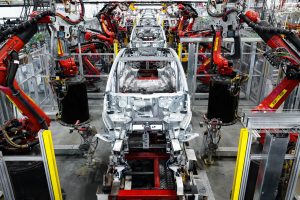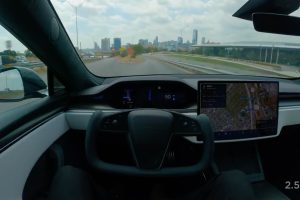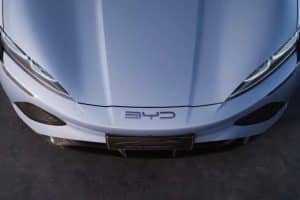Tesla CEO Elon Musk asked Nickel suppliers to mine more of the metal for the company’s electric vehicle batteries, but his call went unanswered. Now, the company is shifting its Standard Range cars to LFP, or lithium iron phosphate batteries, citing supply concerns as the real bottleneck between the company and a more efficient Nickel cathode.
Rewinding back to Summer 2020, Elon Musk hopped on the Q2 2020 Earnings Call and told Nickel miners to mine more of the metal. Offering a “giant contract” worth a lot of money, Musk was ready to put his money where his mouth is, looking to shift toward Nickel cathodes in an attempt to scale production of the cells.
During the Earnings Call, Musk said (via The Motley Fool):
“Well, I’d just like to reemphasize, any mining companies out there, please mine more nickel, OK? Wherever you are in the world, please mine more nickel, and don’t wait for nickel to go back to some long — some high point that you experienced some five years ago or whatever. Go for efficiency, as environmentally friendly, nickel mining at high volume. Tesla will give you a giant contract for a long period of time if you mine nickel efficiently and in an environmentally sensitive way. So hopefully, this message goes out to all mining companies.”
Tesla has been producing the Standard Range Model 3 in the United States with Nickel cathodes in its lithium-ion battery cells. This could change after Musk tweeted that Nickel availability isn’t what the company may have thought it would be.
While Nickel-based cells have a higher energy density, which helps electric cars increase their range ratings, iron phosphate packs are capable of storing less energy. They are ideal for Tesla’s Standard Range vehicles, where consumers sacrifice range and performance for a lower price tag. While Tesla’s SR vehicles are still worthy of the purchase, it is no secret that people would much rather have more range. The issue is Nickel isn’t being mined in large enough quantities to support Tesla’s goal of moving to a Nickel cathode across all of its cars. Instead, it will save these cells for the Long Range and Performance variants of the vehicle.
Musk also said that the Standard Range vehicles have the ability to hold a “high 200…almost 300-mile range” with the iron phosphate pack. It seems that this is sufficient enough for Tesla’s Standard Range vehicles, and lines up with what he said last July.
The CEO added:
“So we think that getting a range that is in the high 200 — basically, we think you probably getting a range of almost 300 miles with an iron phosphate pack, taking into account a whole bunch of powertrain and other vehicle efficiencies. And that frees up a lot of capacity for things like the Tesla Semi and the other projects so far higher energy density. So, yes, so you have like two supply chains that you can tap into iron phosphate or nickel. We use very little cobalt in our system already, and that’s — that may to zero along, so it’s basically about nickel.”
Additionally, the Nickel cathode will be used in other cars that Tesla has not yet manufactured. The Semi is one example, as increased cargo volume decreases range, so Nickel cathodes are advantageous for the upcoming all-electric commercial vehicle.
Original Publication by Joey Klender at Teslarati.





